By RON REES
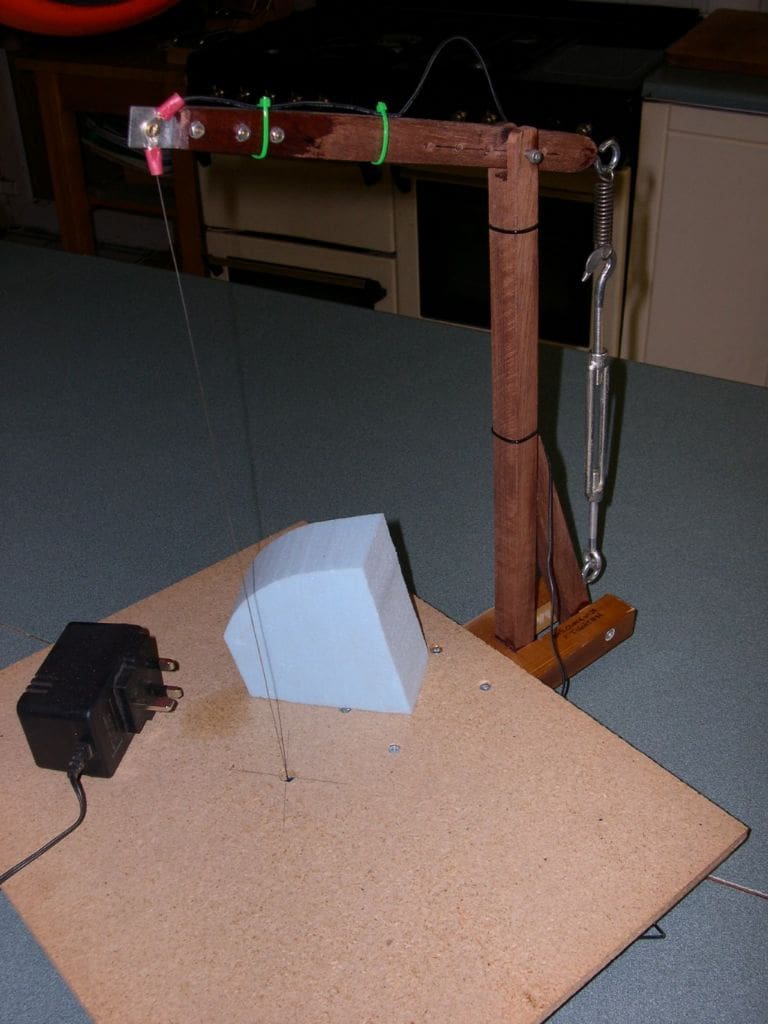
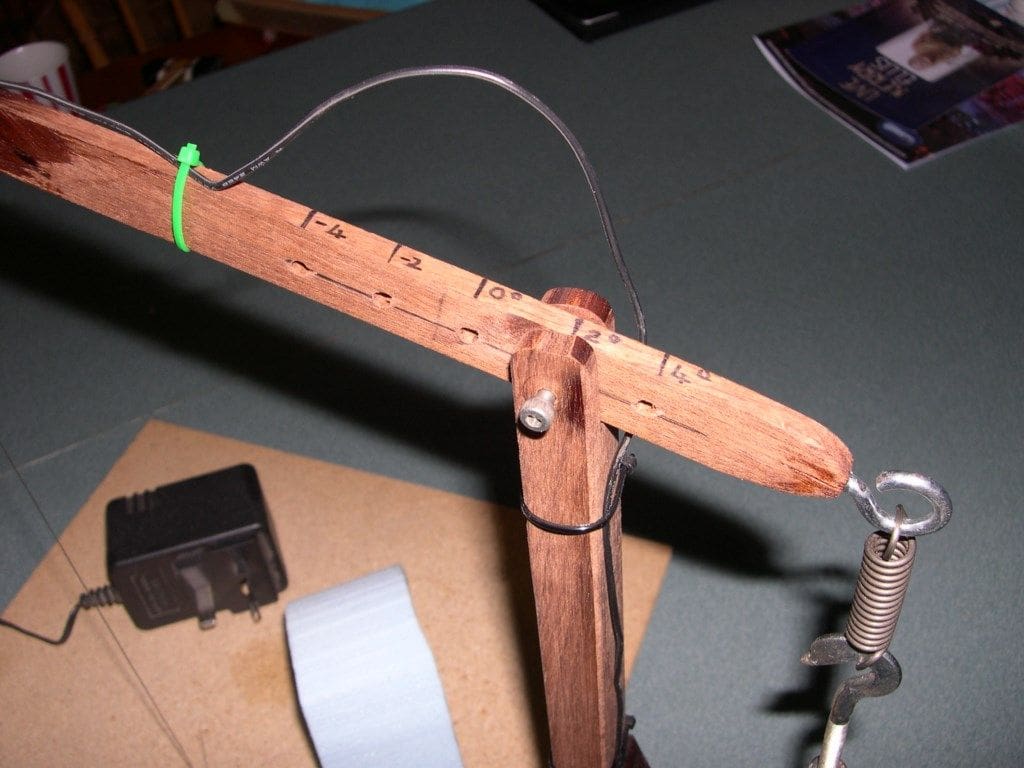
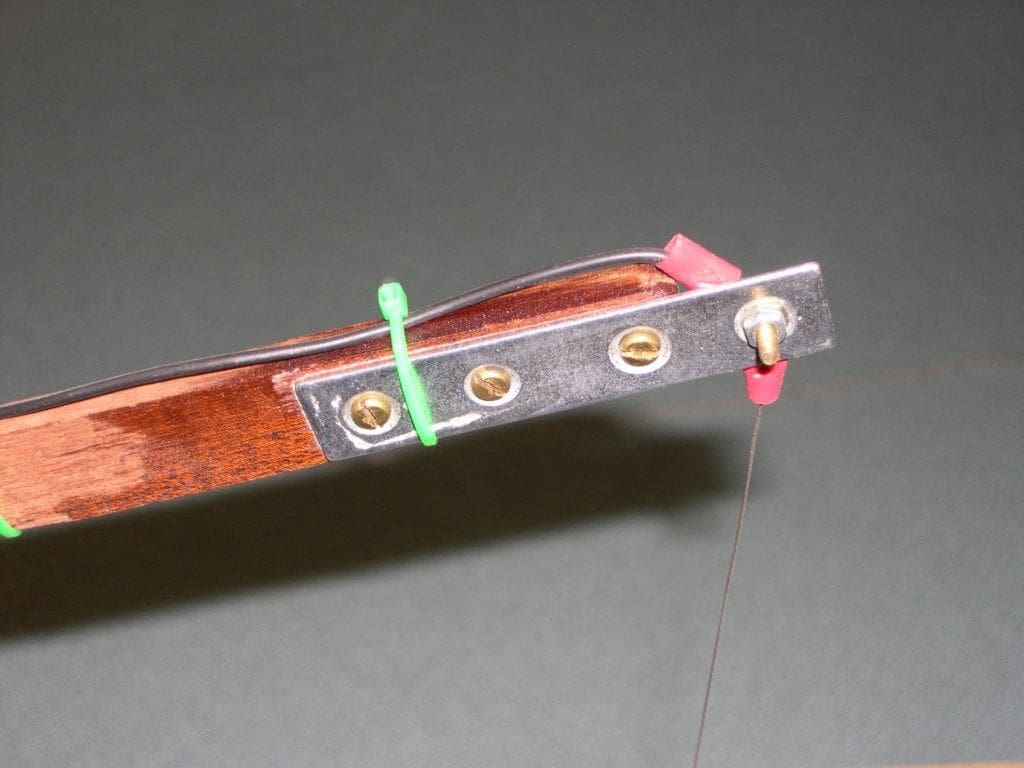
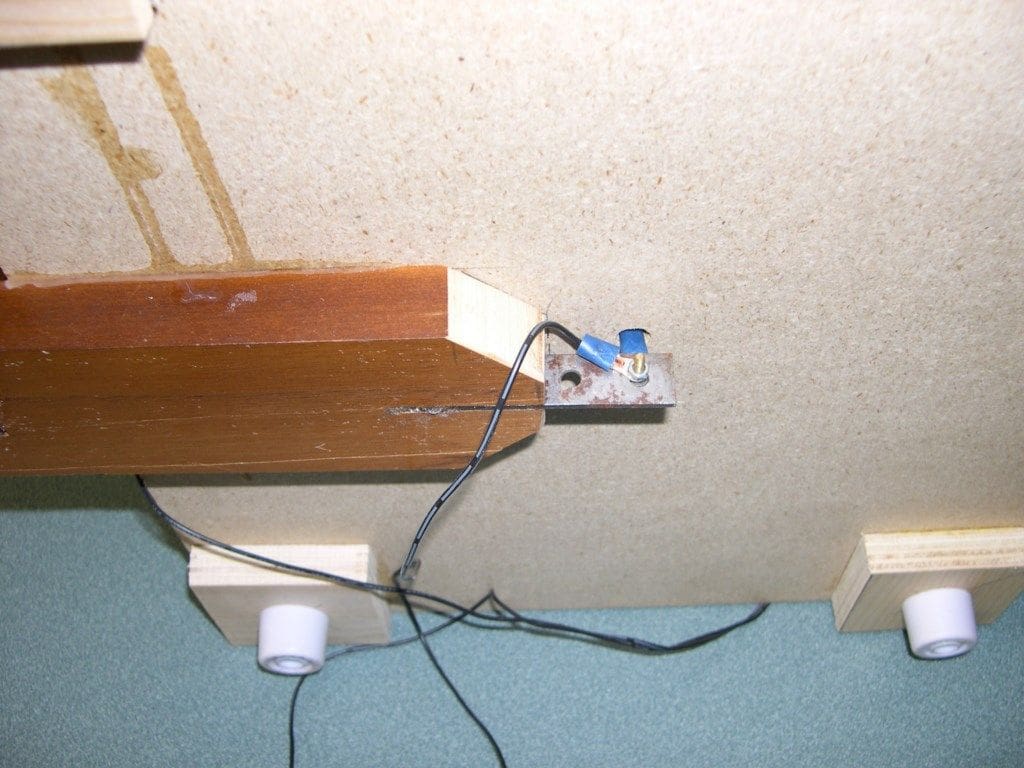
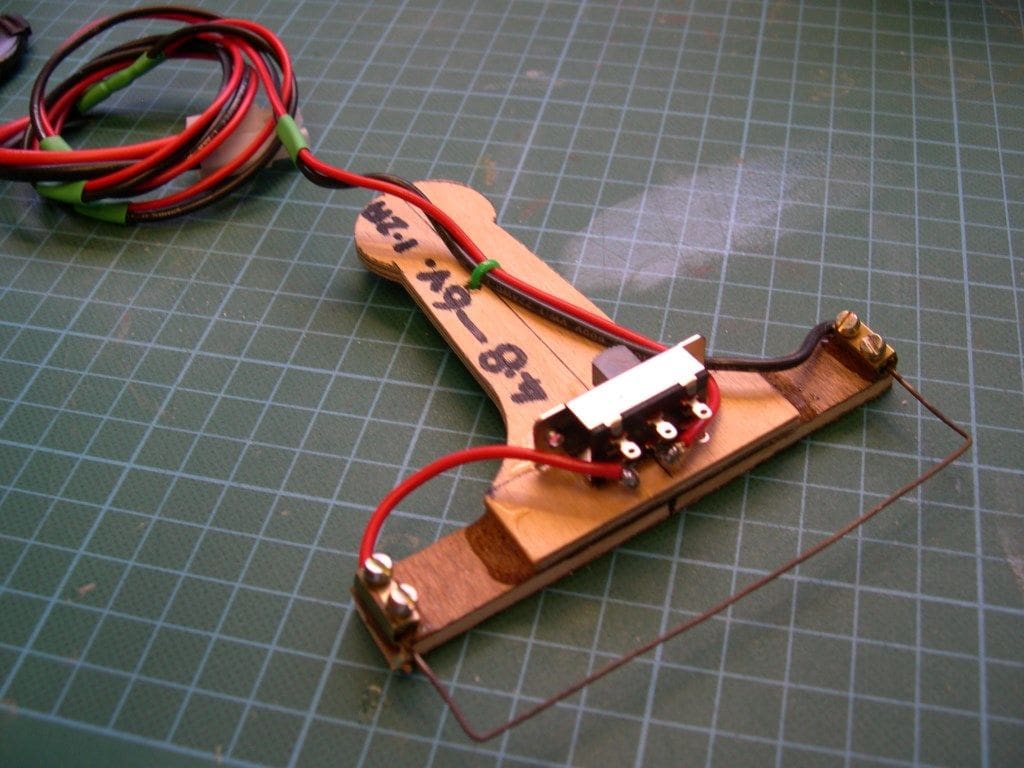
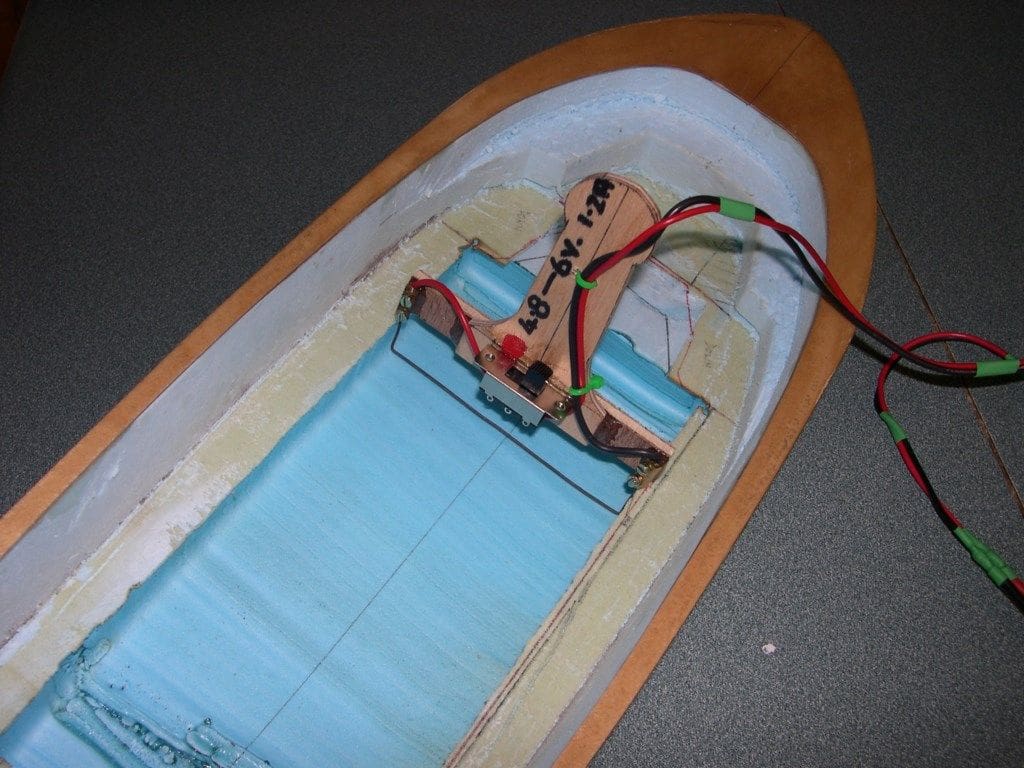
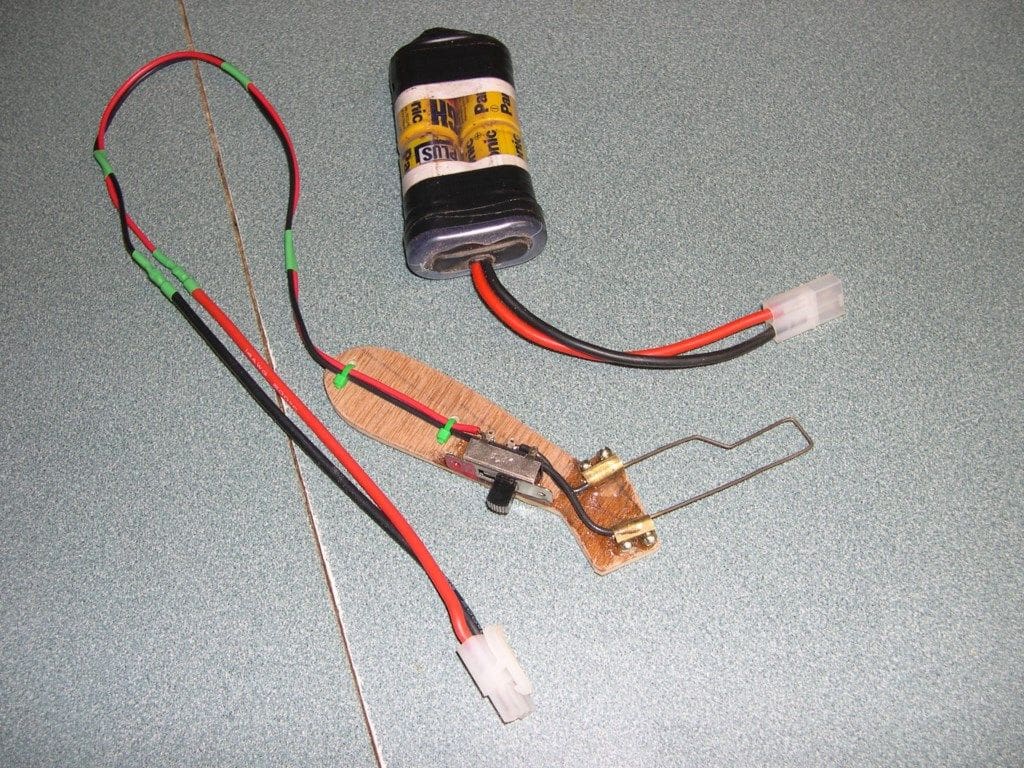
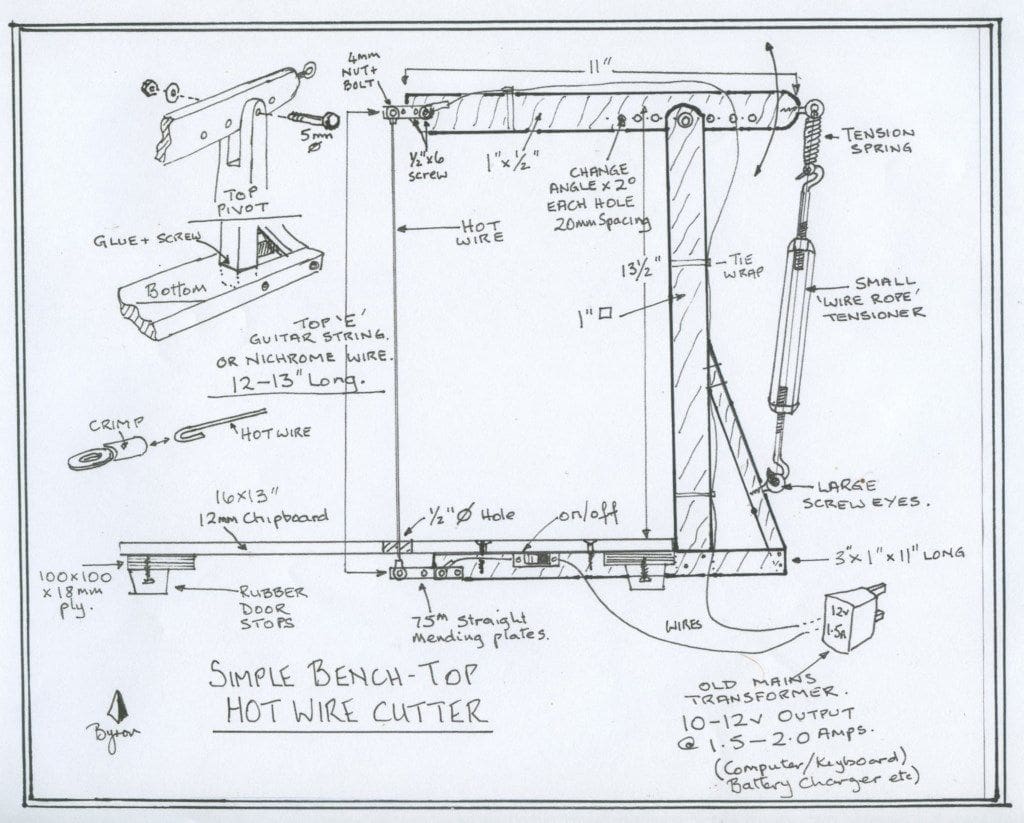
I have been ‘Messing About’ again recently, making model boats out of blue foam (July 2013 MB) and skinning them with nylon stockings and resin. This method is quick, cheap, easy to do and produces very light and tough model boat hulls. The off-cuts also make brilliant seats, figures and lightweight bases for awkward things like gun turrets etc. which can be sheeted over with styrene card or given a thin coat of epoxy resin for a final finish. As I’ve become more adventurous, I have experimented by trying to make more and more complicated shapes and this has required the use of more unconventional modelling methods.
Until now, most work on foam blocks was done using a bandsaw, my wife’s’ best breadknife and all sorts of weirdly shaped blocks covered in silicone sanding paper. The latest experimental model needed something more precise and in fact, a lot more finesse all round for its construction, so this led me to start looking at shaped hot wire cutters.
Enjoy more Model Boats Magazine reading in the monthly magazine.
Click here to subscribe & save.
I had used this technology before when I used to manufacture kit r/c planes and making wings out of polystyrene white foam was common practice in the aeromodelling hobby. When more recently teaching technology, we used large floor-standing hot wire machines for foam projects and a glance through some catalogues showed that these now cost over £800! This is way too much for a tool to support my hobby, so further investigation and an hour on the Internet told me all that was needed and off to the workshop I went.
Test tool
What was needed was a cutter that could slice large blocks of foam, possibly up to 12 inches thick, but the test tool was only capable of six inches. The wire itself and the power source to make it hot needed a bit of research, but I soon found that fine Nickel/Chrome wire (Nichrome) could be bought easily enough, but more important was the fact that guitar strings are also made of a similar material. By coincidence, some redundant strings were in the ‘bits drawer’, so ‘playing’ commenced, but not of the musical variety!
Anyway, after making a single bar electric fire on the workbench, the voltage was scaled down a bit, as the workshop was getting rather hot! The mains to DC power supply was delivering 13.5 volts at 16 amps through the six inch long piece of guitar string, hence the electric fire effect and not really a very good idea at all.
After a bit of fiddling around, it seemed that one volt at 1.5 amps would heat a one inch (25mm) length of wire hot enough to cut blue (or any other type) of foam quite quickly. An old NiCd pack was therefore dismantled and the decent working cells (they were 25 years old) made into a 4.8 volt 1.2 amp/hr pack. A quick re-vitalising charge on the fast charger and then it was tested on the six inch wire which was now looking a bit sad and twisted having overheated the workshop. It now worked okay, so the proper much larger bench-top cutter was immediately planned and designed.
Bench-top cutter
Blocks of foam up to ten inches thick needed to be cut at an angle of two degrees from the vertical, however they also needed to be cut vertically, so some form of angle setting device was needed. Industrial units have a tilting table but that was more work than could be justified. Consideration was given to putting angled bits of wood under the foam as it was cut, but that could never be 100% foolproof. In the end, a series of holes in the top beam that could be chosen as required and held with a bolt for a pivot, tilted the wire at progressively increasing angles, so that’s what was made as in the Diagram printed here. As you can see, by moving the pivot point on the top beam, the Hot Wire will move out of vertical and the tensioner is easy to adjust to ensure it remains taut. When tested on some ten inch thick blue foam, the cut was smooth and clean, provided a firm continuous pressure was exerted on the block as it was pushed past the Hot Wire, with cut marks only appearing if you stopped. The length of the throat of the device is not a problem, as the wire cuts in any direction, so long lengths and curves can be cut by pushing the foam block through from the side rather than the front.
Cutting was very fast in cheap white polystyrene foam and only a bit slower in the Styrofoam block (Blue Foam) used for the model boat hulls, because this latter material has a denser consistency. The pores of the cut foam were actually also sealed very nicely by the cutter, leaving a slightly shiny surface.
Hand-held cutters
Smaller cutters were needed to make slots, recesses and cut-outs in the foam blocks inside the hull. An example of this would be cutting out a servo mounting hole in the foam, but a guitar string is not rigid enough to do this. In fact a semi-rigid shape needs to be formed in a wire that can be cut and shaped to a specific size of hole or opening. Therefore, a thicker type of wire was required and this was found in the Hobbies catalogue. A couple of metres were ordered and when it arrived it did indeed stay in shape when hot, but was also easy to bend into the desired shape with pliers.
Two small handles were made with terminals from electrical connector blocks which allowed for different shaped wires to be selected and fitted to do different jobs.
Sticking to the previously tested 5 to 6 inches of wire and plugging into the pack of four sub-C NiCd’s (4.8v), this rigid wire worked very well. The two hand-held cutter tools needed switches and these were fitted so they could be switched on/off quickly with the push of the thumb. In use, a cutter drew 2 to 3 amps from the NiCd pack and it needed to be re-charged following intermittent use after about 30 to 45 minutes which was more than adequate for my needs.
The thin wire on the bench cutter left a very small cutting slot (Kerf), but the thicker wire on the hand-held cutters burnt a kerf up to 3mm oversize, so this has to now be taken into consideration when planning a cutting job.
Conclusion
Hot Wire cutters are a handy addition to the workshop for many different hobbies, but especially when using foam in our model making. They are simple and very cheap to make and the ‘hot wire’ is easy to obtain. If you buy two metres of it, then it will probably last a lifetime. For those who fancy making hot wire cutters, I am listing a number of contact addresses.
Useful addresses
1) The mounting points were three inch long straight ‘mending plates’ and together with the tensioning device, which was actually a ‘wire rope’ tensioner, these were all bought from Screwfix Direct, website: www.screwfix.com or tel: 0500 414141 for your local store.
2) Hobby’s, website: www.hobby.uk.com, tel: 02087 614244, supplied the stiff ni-chrome wire used for the small handheld devices. Part No. 124200, £2 for a one metre length.
3) Cables, on/off switches, heatshrink etc. all came from Component Shop.
4) I used a top ‘E’ string from a guitar for the large cutter, and this can be bought for approx. 99p from any music shop, or you can order the proper Nichrome stuff on a roll from Technology Supplies Ltd, website: www.technologysupplies.co.uk, tel: 08455 670000.
Have fun…………………….



